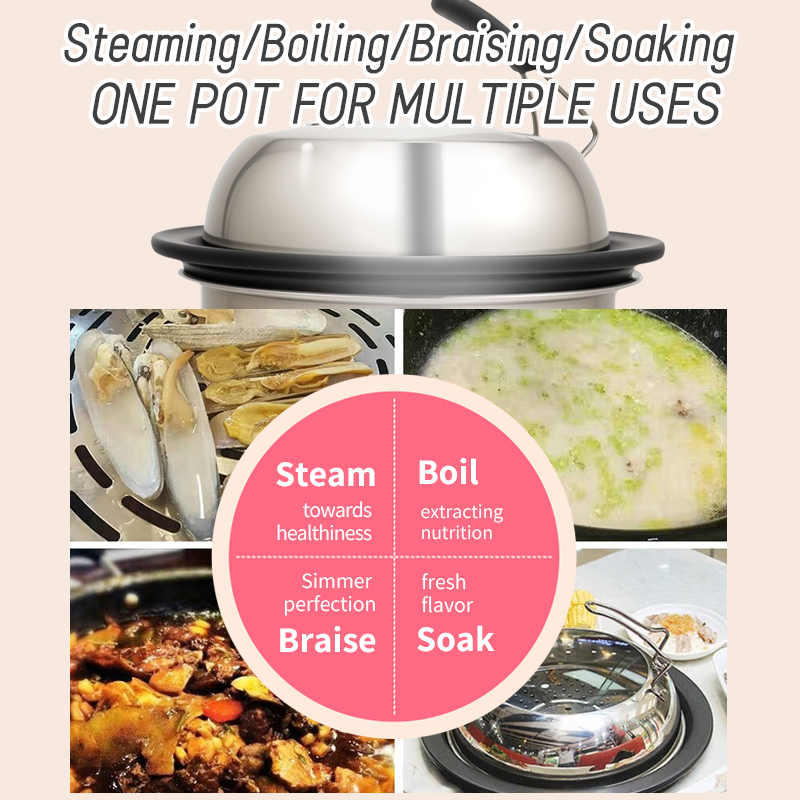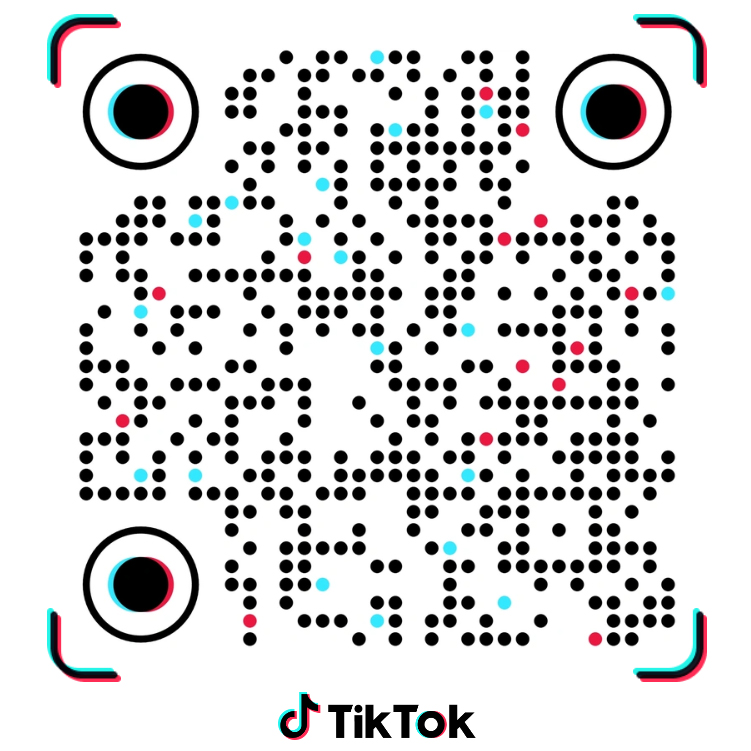1. Current Status of the Kitchen Steamer Market: The Key to Global Kitchen Steamer Growth
According to the latest report from Grand View Research, the global small kitchen appliance market is expected to expand at a compound annual growth rate of 7.2%, with steaming appliances accounting for a 23% share. In the Chinese market, online sales of steamer products exceeded 4.8 million units in 2022, a year-on-year increase of 34%, exhibiting three key characteristics:
Intelligent Upgrades: Sales of models with timer functions surged 58% year-on-year.
Material Innovations: Food-grade stainless steel models saw their market share increase to 67%.
Application Segmentation: Mother-and-baby steamers are a new growth driver, with an annual growth rate of 82%.
2. Kitchen Steamer User Profiles:
Who is Reshaping the Steaming Consumption Ecosystem?
1. Healthy Eating Practitioners (38%)
• Focus: Nutrient Retention (95% Vitamin C Retention)
• Typical Use Cases: Preparing Fitness Meals, Preparing Baby Food
2. Efficiency-Prioritized Users (29%)
• Pain Point: Smart Combination of Three Dishes and One Soup in 15 Minutes
• Purchase Preference: Stackable Design + Automatic Water Addition System
3. Traditional Cooking Innovators (25%)
Core Desire: Combining Traditional Steaming Methods with Modern Temperature Control Technology
Product Example: Supor's Patented "Steam Circulation" Steamer
Technical Dimensions: Traditional Steamer
Modern Smart Steamer
Thermal Efficiency: 68%
Temperature Control Accuracy: ±15°C ±2°C
Energy Consumption: 0.25kWh 0.18kWh
Core Values of Kitchen Steamers:
Nutrition laboratory tests show that intelligent steam control increases folic acid retention by 27%.
The multi-layer structure design reduces energy consumption by 38% per cooking session.
Patented anti-condensation technology increases food integrity to 91%.
IV. Future Trends: From Kitchen Tools to Smart Hubs
IoT Integration: Midea's latest steamer integrates with Hongmeng OS, automatically identifying ingredients and matching steaming recipes.
Material Revolution: Zwilling launches a nano-ceramic coated steaming grid with 99.9% antibacterial efficiency.
Application Expansion: Commercial-Grade 200 Smart Kitchen Case Study:
A smart apartment project in Shanghai now features a kitchen steamer IoT system as standard. Residents can manage the entire process from ingredient management to cooking using voice commands, reducing energy consumption by 40%.
V. How to Choose a Kitchen Steamer and FAQs
Selected FAQs:
Q: How can I determine the heating uniformity of a steamer?
A: Check whether the product features three-dimensional steam circulation technology. Prefer models with a diversion groove design. The measured temperature difference should be less than 5°C.
Q: Will a stainless steel steamer rust?
A: Choose food-grade 304 material. Regularly clean scale with citric acid and avoid scratching with steel wool.
Q: Is the electronic control panel of a kitchen steamer susceptible to water ingress?
A: Look for IPX4 waterproof certification. We recommend choosing a product with a separate touch button and steam vent. L-capacity models are entering the high-end residential market.
Environmental Innovation: Xiaomi's ecosystem partners have launched solar energy storage steaming sets.
Q: What should I do if steamed seafood always has a fishy smell?
A: Choose a model with a deodorizing function, or place slices of ginger on the bottom of the steaming tray. Keep the temperature at 98°C for optimal results.


